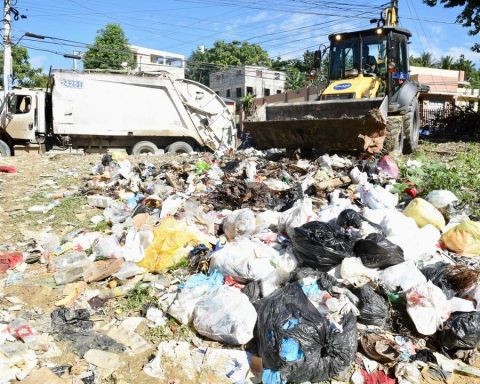The Tax Administration Service (SAT) presented a collection of 395,918 million pesos under the concept of collection efficiency and collection without the need for judicialization, which represented a real annual decrease of 10%, according to the quarterly report, prepared by the Ministry of Finance and Public Credit (SHCP).
At the end of the third quarter of last year, the collection, without the need for judicialization, totaled 439,885 million pesos.
It should be noted that at the end of the third quarter of 2020, large taxpayers such as BBVA, FEMSA, IBM, Grupo Modelo, Walmart, América Móvil and Minera Fresnillo paid the debts they had with the treasury from previous years, a non-recurring event that favored the collection.
“The difference lies in this, due to the outstanding debts of the companies. The (collection) process continued with other companies, however, a greater number of large taxpayers were covered in 2020, ”said Adrián García Gómez, Income and Tax Coordinator at the Center for Economic and Budgetary Research (CIEP) in an interview.
Collection and collection efficiency is divided into four categories: large taxpayers, inspection, foreign trade and collection.
In large taxpayers, the collection was 143,740 million pesos in the third quarter of 2021; this is an annual drop of 29% compared to the same period last year. However, increases were observed in the three remaining sections.
“The other three components that encompass this collection efficiency are greater in 2021. (The increases in) inspection, foreign trade and collection is because the processes where more efficient audits are being carried out continue to be improved, there is greater control in customs and in general everything is controlled in a better way ”, commented the interviewee.
According to the SAT, foreign trade had a collection of 47,411 million pesos, 12% more than a year ago, while the audit increased 1% annually and collection grew 5.8%, at the end of the third quarter of 2021.
The collection and collection efficiency of the SAT aims to identify omissions or inconsistencies in the fulfillment of obligations. In addition, to promote the payment of tax debts.
During the January-September period, for each peso invested in the inspection acts, the SAT multiplied it by 141.5 through the recovery of collected figures.














